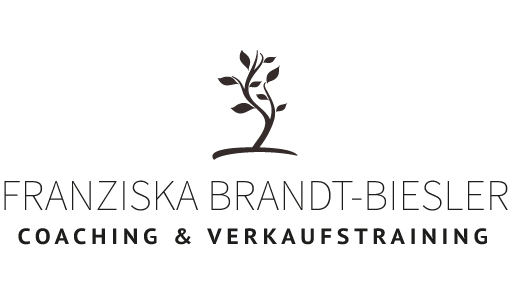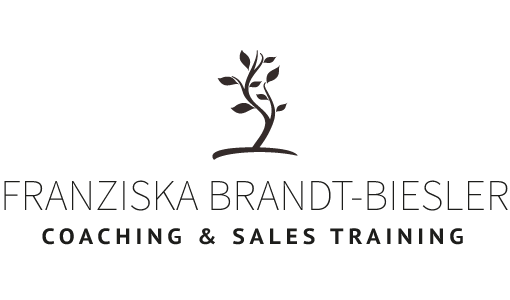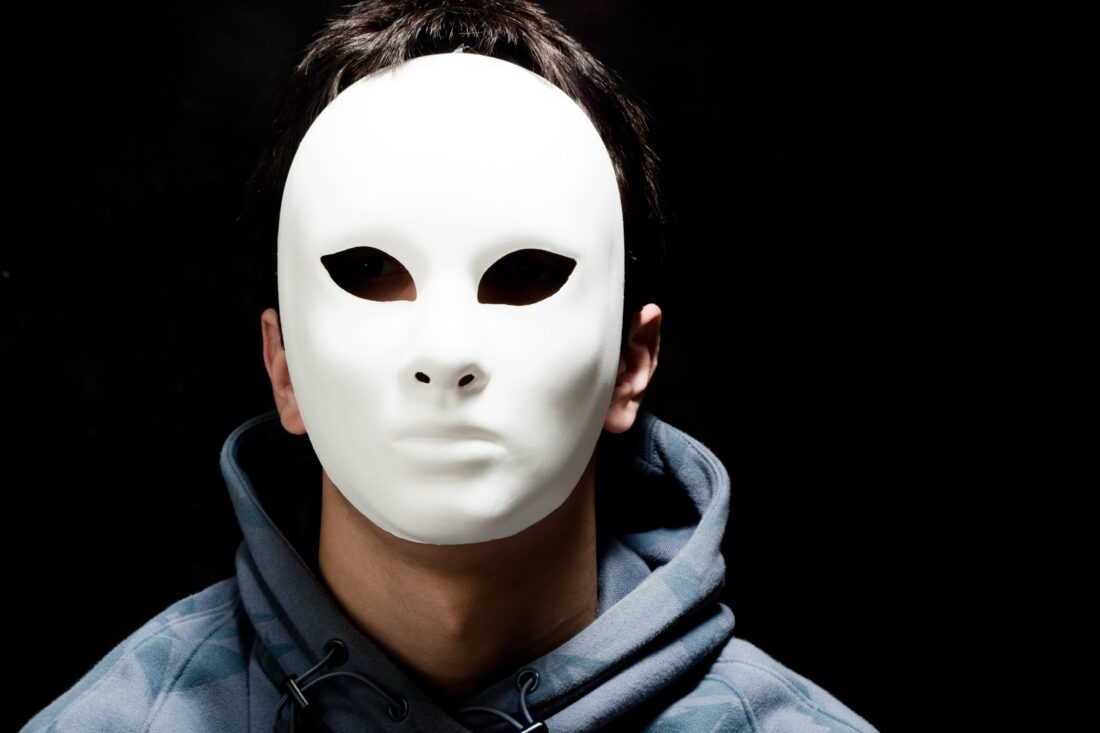LOGOSYNTHESIS STORIES: THE UNHAPPY MASK
In the future I will publish stories from my coaching sessions here from time to time. Of course it will be completely anonymous. I do this to show you which topics you can work on and how Logosynthesis works in practice. In the first article I am going to talk about an unhappy face that causes highest anger.
Logosynthesis is all about releasing energy blockages and making the energy available again. The thesis behind it: If you hold on to an old story, a blockage, a belief, the energy that you unconsciously spend on it is not available to you.
All human beings have such energy blockages – in Logosynthesis we call this frozen energy. They are often based on old traumas from childhood and youth, and sometimes they are even older. You can recognise them, for example, by the fact that you always repeat an unfavourable pattern, for example, you always appease someone who attacks you. It could also be that you overreact in a certain situation, which means that you react way stronger than is appropriate in that situation. These and many “illogical” patterns of behaviour and reaction can be a sign of frozen energy. And this is exactly what we can release with Logosynthesis*.
A coaching client, let’s call her Annette, showed exactly such an overreaction. Annette has been living with her partner for several years. The relationship is not always easy, but they both make an effort. Annette uses the coaching sessions with me, among other things, to work on improving this relationship.
Often Annette is the driving force for her and her partner to undertake activities and not always just work and sit at home. Her partner is often inspired, but sometimes he seems to do it only reluctantly. In such moments she notices on his face that he doesn’t really want to join her although he pretends to. Actually, it wouldn’t be a big deal, but his facial expression arouses irrepressible rage in her every time. Sometimes she can’t hold it back and then attacks him verbally. This leads to an argument and of course the proposed activity will not take place.
In her coaching Annette first tries to explain her reaction rationally: She makes an effort, but he does not go along with her. He is too passive and so on. For me as a coach it is important not to stay too long with the seemingly rational explanations. So I ask her more specifically about her emotional and physical reaction to his facial expression. She explains that she feels an adrenaline rush, that her heartbeat increases and she gets angry.
By asking specific questions we can activate the situation in coaching so that Annette now sees the face in front of her and feels the related emotions and body sensations. She calls the image the “unhappy mask”. I ask her about her stress level on a scale from 0 (not present) to 10 (maximum). She answers that it is 10. I instruct her to apply Logosynthesis. After the first of the three Logosynthesis sentences* she suddenly sees her father’s face in front of her, rather than her partner’s. The father has often looked like this, thus creating pressure in the family and enforcing his will. Annette started rebelling against it as a teenager and in such moments she felt and showed intense anger. So we apply Logosynthesis to the “unhappy mask” of the father. Annette’s stress decreases. She no longer feels the anger. The facial expressions of both the father and the partner lose their power over her. Her stress level drops to 1-2.
In the end she can see her partner’s face for what it is. He is not super happy about some suggestions, but agrees. She can now decide in conversation with him whether she will stick with her idea anyway, or discard it for this time. She can discuss and weigh up both options objectively.
If you also observe such “illogical” reactions in yourself, and if these reactions burden you, working with Logosynthesis can help quickly and effectively. Let’s just talk about it. You can make a free appointment to discuss your possible topics here.
*If you want to know a little more about Logosynthesis, how I work with it and how I came to do it, watch this video.


